Environmental Consulting
Industrial Odor Analysis
Trinity has extensive experience conducting ambient field studies using olfactometers operated by pre-screened, certified assessors. We use atmospheric dispersion models such as AERMOD and CALPUFF to assess odor impacts and compliance at sensitive points of reception. Odor modeling assessments typically employ a source testing component to quantify odors directly at the source. Samples collected at the source are sent to a certified odor panel for analysis.
Trinity Consultants assists clients with odor analysis in a variety of ways:
Odor Source Testing & Ambient Air Monitoring
Source testing is used to collect samples of odor directly at the source and these are submitted for analysis to accredited odor panels or analytical laboratories to obtain reliable, quantifiable results. We offer services for mapping site‐wide and community‐wide ambient odors using field olfactometry and GIS techniques. Trinity conducts baseline odor surveys and investigative analyses through ambient odor monitoring using portable field olfactometers and trained assessors. Establishing background odor through ambient monitoring is also an important technique in understanding the impacts of odor from off‐property sources.
Odor Modeling and Assessment
Quantifying odor levels at sensitive points of reception using atmospheric dispersion modeling is paramount for assessing odor impact and compliance. We have a strong understanding of regulatory standards and guidelines spanning U.S., Canadian, and Australian jurisdictions and have utilized air dispersion models such as AERMOD and CALPUFF to conduct odor dispersion modeling analyses.
Odor Emissions Analysis and Controls Review
Trinity is experienced in reviewing odor emissions information, completing building envelope studies to confirm the capture/routing of odor emissions, and analyzing the effectiveness of odor control technologies.
Peer Reviews and Expert Testimony
Trinity offers odor peer review services for consultants and industry. Our qualifications and past experience allow us to provide reliable expert testimony and opinion.
Odor Training
Trinity offers professional training through its Managing Environmental Nuisances: Odor & Noise course taught by senior‐level consultants who are odor experts who have contributed to numerous odor compliance and mitigation projects. Custom training courses on odor topics are also available.
How Else We Can Help
Related Services
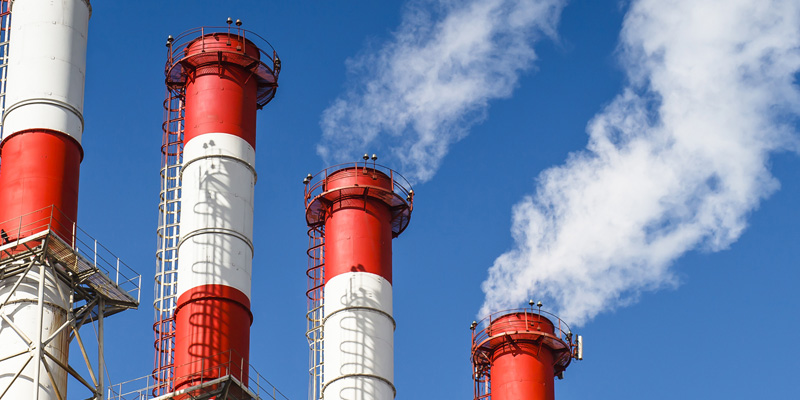
Air Quality Permitting
Trinity Consultants are experts in air permitting support for compliance with the Clean Air Act, offering comprehensive services from strategy, application development, and agency negotiations.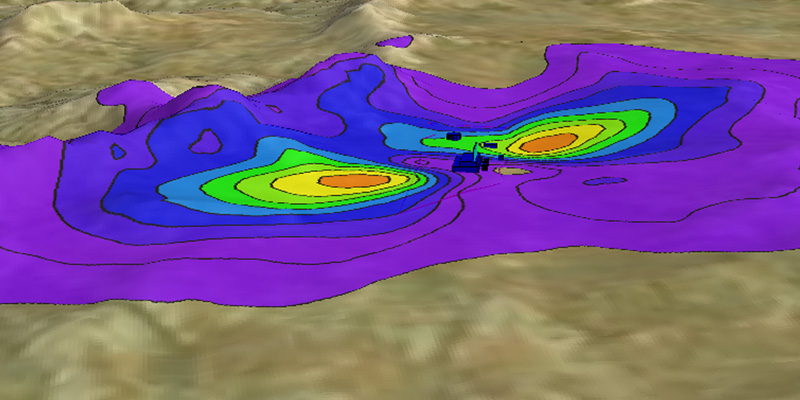
Air Dispersion Modeling
Trinity provides a wide range of air quality modeling consulting services for regulatory applications, emergency planning, and human health assessments.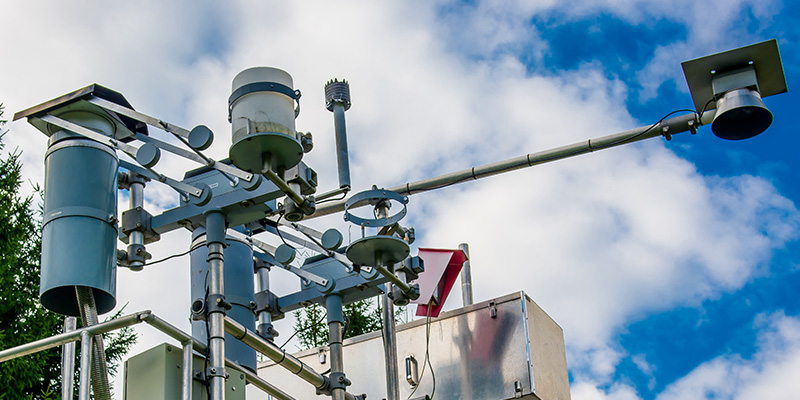
Ambient Monitoring and Service Integration
Trinity's ambient air quality monitoring expertise ranges from the design and implementation of monitoring stations to routine operations, data validation, and official reporting to meet EPA and state requirements.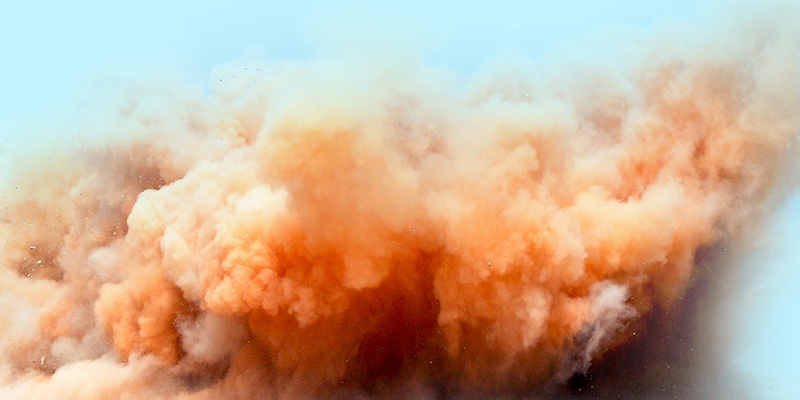
Combustible Dust Risk Management
Trinity experts will conduct a systematic evaluation process (DHA) to identify and mitigate risks associated with combustible dust within a facility.Our Results
Featured Projects
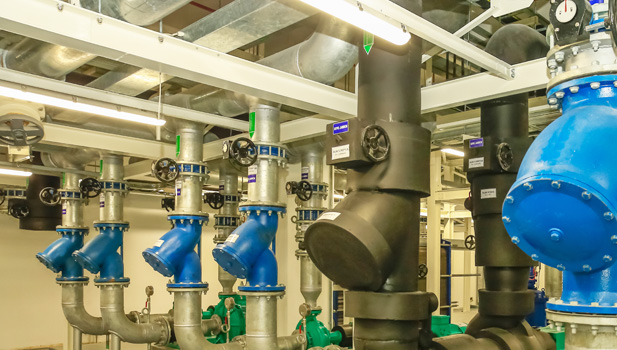
Government Steam Plant Streamlines Environmental Permitting and Compliance
The plant has engaged Trinity since 2008 for a wide variety of continual compliance activities that span air, oil pollution, waste, and water programs.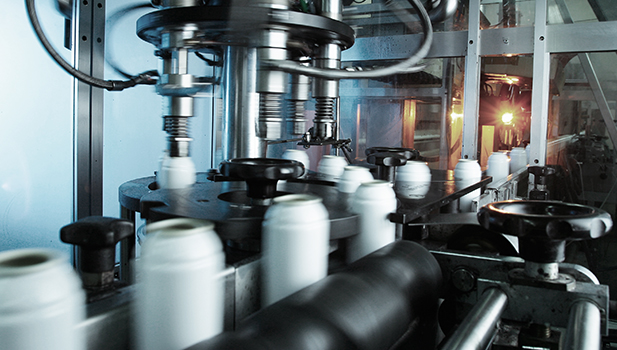
Trinity Brings Calm Vigilance to Packaging Giant’s Multisite Environmental Reporting Requirements
A very large packaging company in Illinois partnered with Trinity Consultants to evaluate and improve their environmental program.Regulatory Background
Industrial Odor Analysis Overview
Who May Need Odor Management Support and Why?
While odor issues are often addressed on a case-by-case basis when nuisances are reported, state laws and local ordinances are increasingly adopting specific odor guidelines and criteria. Some jurisdictions have even established odor testing protocols and air dispersion modeling practices tailored specifically for odor. Hence, odor measurement, modeling, minimization, and management are becoming more critical for industry.
Many jurisdictions define odor criteria using a relative strength scale in terms of “odor units,” or simply, OU. As a reference, one odor unit (or 1-OU) represents the level where 50% of the population can begin to detect an odor. For example, if an established odor criterion was 7-OU, then the odors present in the air would be at a strength that would require 7 dilutions with 'clean' air to meet the threshold where half the population could no longer smell the odor.
Odor is inherently complex and difficult to quantify because it is often caused by a mixture of chemical substances. Odor is also quite subjective by its nature and can affect individuals differently. Therefore, odor assessments typically employ FIDOL observations to further characterize impacts.
- Frequency - how often the odor impacts occur
- Intensity - the relative odor strength (faint to overwhelming)
- Duration - the length of time for a given odor event
- Offensiveness - the character or description of the odor, and its hedonic tone or relative unpleasantness
- Location - mapping impact location and identifying potential off-property contributing sources.
Project Experience
Trinity's strategic office locations are staffed by resident consultants with an intimate understanding of the state and local air permitting processes as well as strong working relationships with local regulatory agencies. Trinity assists multiple facilities with ongoing odor compliance requirements related to their existing permits and local odor ordinances.
Trinity has assisted with odor projects in a wide range of industries, including:
- Aggregates Production
- Agriculture Processing
- Animal Production and Processing
- Asphalt Roofing Manufacturing
- Automotive Manufacturing
- Chemical Manufacturing
- Food Processing
- Landfills & Waste Management Operators
- Wastewater Collection and Treatment
- Mining
- Oil & Natural Gas Extraction and Production
- Organics Recycling
- Petroleum Refining and Distribution
- Pharmaceutical Manufacturing
- Pipelines and Compressor Stations
- Pulp and Paper Manufacturing
- Semiconductor Manufacturing
- Surface Coating and Commercial Printing
- Textile Manufacturing